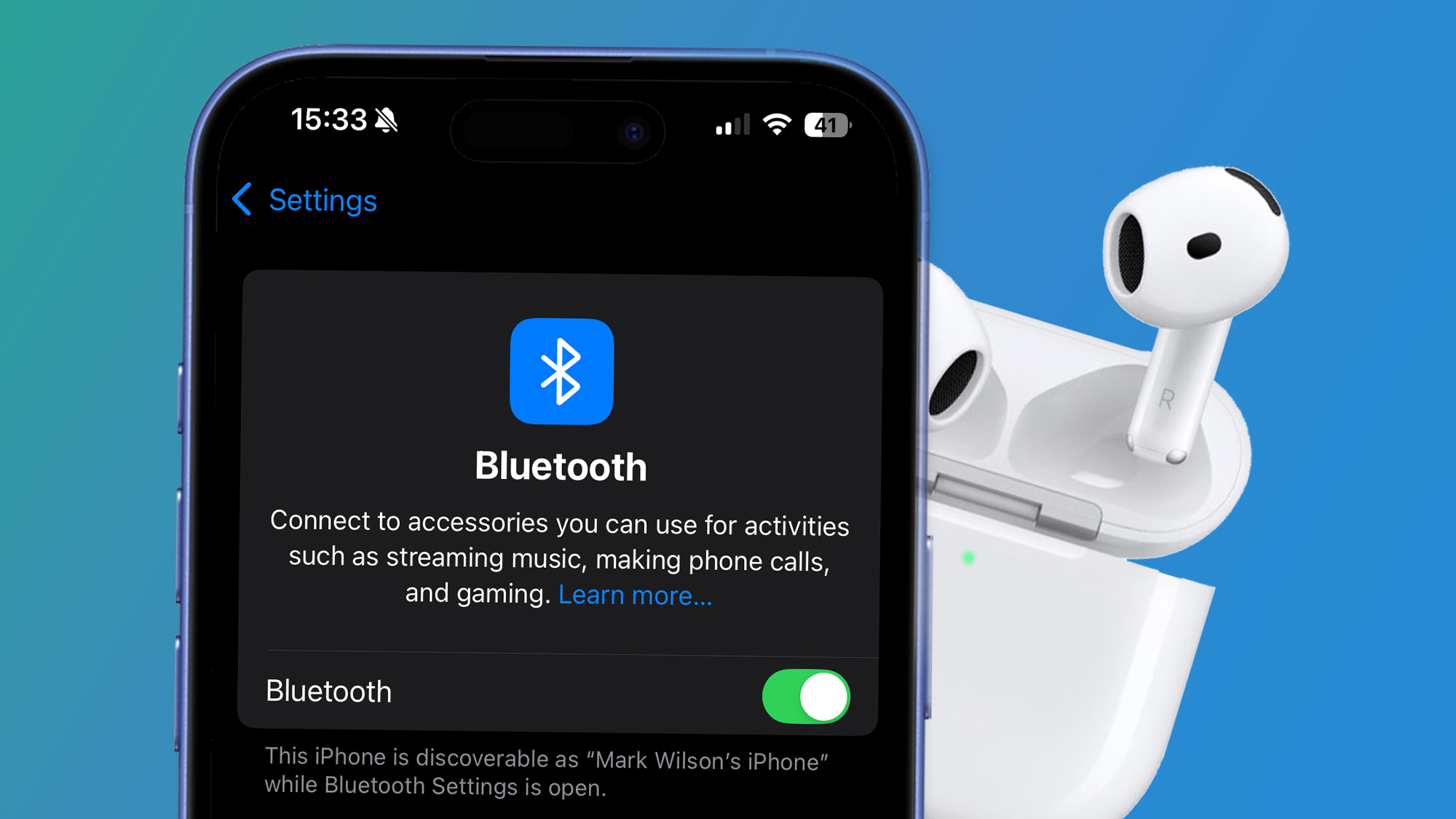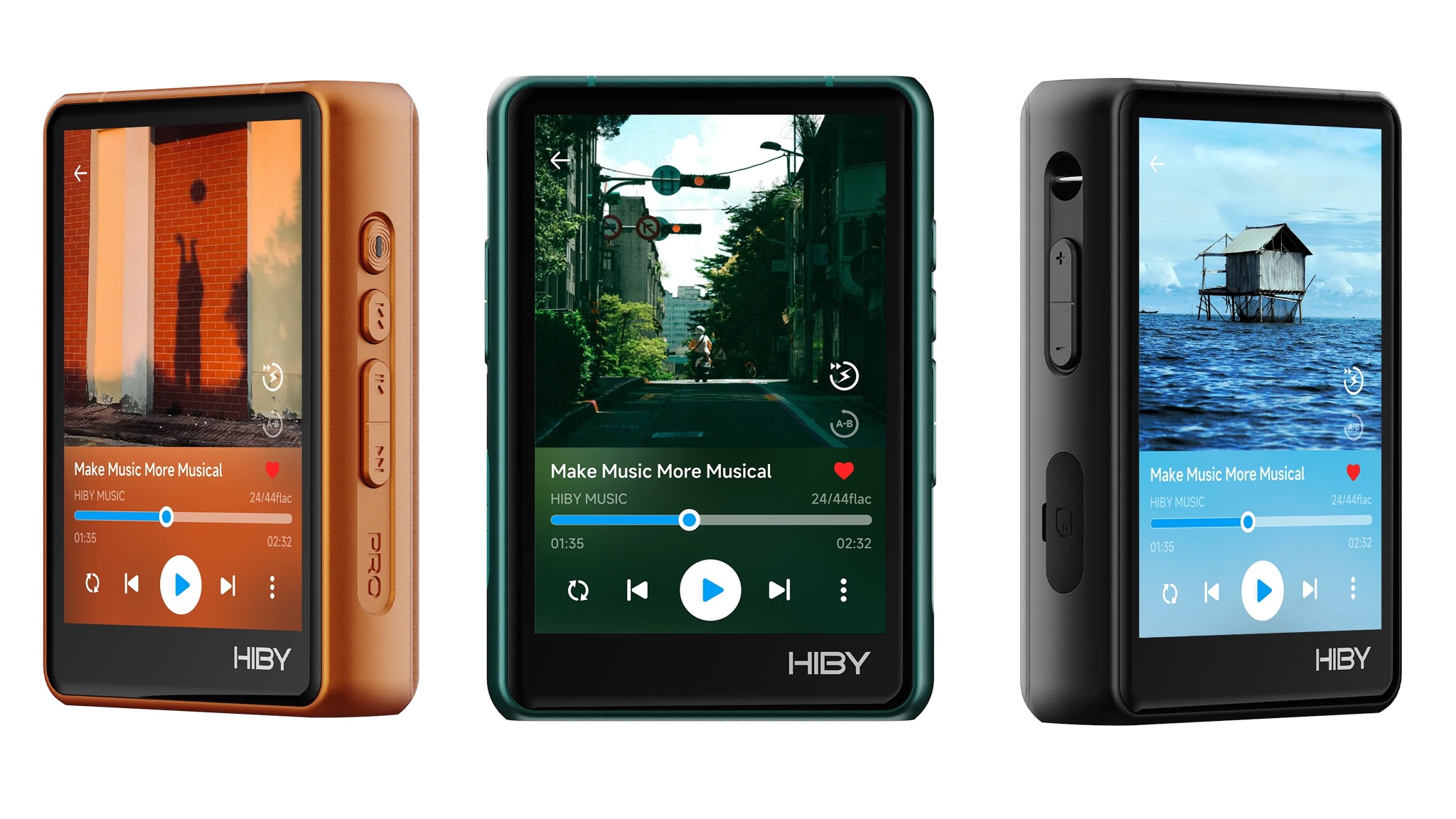What’s it like to use this new strong and light inflatable bike helmet
I’ll admit it: I don’t always wear a bike helmet. That’s especially true for short, unplanned rides using bike share—it doesn’t make sense to carry around a bulky helmet when I might not even use it. A new inflatable bike helmet, the Ventete aH-1, was designed to help tackle that problem. When the helmet’s not in use, it flattens so it can more easily fit in a bag. When you need to use it, it comes with a tiny battery-powered pump that fully inflates it in 30 seconds. After a decade of development by a London-based startup, the helmet came out in the U.K. last year and immediately sold out. It’s not yet available in the U.S., but I had the chance to try it out. (The design was one of the winners of Fast Company‘s 2025 World Changing Ideas Awards.) It looks nothing like any helmet I’ve ever seen. Instead of foam, it’s made from a series of ribs covered in strong, triple-laminated nylon. The flattened version isn’t small—it’s roughly as long as a laptop. Even when it’s not inflated, it’s still somewhat thick. But unlike a typical helmet, it did easily squeeze into my backpack. It took me a couple of attempts to figure out how to inflate it, although the company has now tweaked the design so that the pump can be operated hands-free. In the version I tested, I had to hold the pump at a particular angle on the helmet’s Presta valve to work correctly. (When it did work, the buzz of the pump was also very loud: I was slightly embarrassed to use it in public.) But it was fast. A tiny level on the side shows when it’s correctly inflated. A strap at the back helps customize the fit. [Photo: Ventete] The design actually outperforms typical helmets on safety. When Imperial College London ran a study testing 30 different bike helmets, the aH-1 scored 44.1% better than the others in linear impact tests. [Photo: Ventete] “It’s incredibly strong,” says Colin Herperger, cofounder and CEO of Ventete, the startup that designed the helmet. “One of the founders drove his car on it. If you think about any other helmet, it would be in pieces. When people think about an inflatable structural system, they think it’s probably soft or squishy, and in fact, it’s the opposite. It’s actually super stiff.” [Photo: Ventete] The design is also comfortable to wear. When I tried riding with it on a hot day, my head stayed cool. Herperger points out that EPS foam, the material used in conventional bike helmets, is the same material used to insulate coolers to keep ice from melting. In a standard foam helmet, “heat is trying to leave your head, and it’s reflecting it back down and causing you to further overheat,” Herperger says. In the new design, “because of the chamber system, it’s actually lifted off the head, and you get a conductive airflow between the head and the helmet. So the hot air is just drawn away from your head.” I liked the way the origami-like design looked, too. It’s something I’d definitely be willing to wear—though at £350 (around $475) for the helmet and pump, it isn’t cheap. And because it’s still waiting for regulatory approval in the U.S., I can’t keep using it now. While the timeline for approval isn’t clear, it may roll out here later this year.

I’ll admit it: I don’t always wear a bike helmet. That’s especially true for short, unplanned rides using bike share—it doesn’t make sense to carry around a bulky helmet when I might not even use it.
A new inflatable bike helmet, the Ventete aH-1, was designed to help tackle that problem. When the helmet’s not in use, it flattens so it can more easily fit in a bag. When you need to use it, it comes with a tiny battery-powered pump that fully inflates it in 30 seconds.
After a decade of development by a London-based startup, the helmet came out in the U.K. last year and immediately sold out. It’s not yet available in the U.S., but I had the chance to try it out. (The design was one of the winners of Fast Company‘s 2025 World Changing Ideas Awards.)
It looks nothing like any helmet I’ve ever seen. Instead of foam, it’s made from a series of ribs covered in strong, triple-laminated nylon. The flattened version isn’t small—it’s roughly as long as a laptop. Even when it’s not inflated, it’s still somewhat thick. But unlike a typical helmet, it did easily squeeze into my backpack.
It took me a couple of attempts to figure out how to inflate it, although the company has now tweaked the design so that the pump can be operated hands-free. In the version I tested, I had to hold the pump at a particular angle on the helmet’s Presta valve to work correctly. (When it did work, the buzz of the pump was also very loud: I was slightly embarrassed to use it in public.) But it was fast. A tiny level on the side shows when it’s correctly inflated. A strap at the back helps customize the fit.

The design actually outperforms typical helmets on safety. When Imperial College London ran a study testing 30 different bike helmets, the aH-1 scored 44.1% better than the others in linear impact tests.

“It’s incredibly strong,” says Colin Herperger, cofounder and CEO of Ventete, the startup that designed the helmet. “One of the founders drove his car on it. If you think about any other helmet, it would be in pieces. When people think about an inflatable structural system, they think it’s probably soft or squishy, and in fact, it’s the opposite. It’s actually super stiff.”

The design is also comfortable to wear. When I tried riding with it on a hot day, my head stayed cool. Herperger points out that EPS foam, the material used in conventional bike helmets, is the same material used to insulate coolers to keep ice from melting.
In a standard foam helmet, “heat is trying to leave your head, and it’s reflecting it back down and causing you to further overheat,” Herperger says. In the new design, “because of the chamber system, it’s actually lifted off the head, and you get a conductive airflow between the head and the helmet. So the hot air is just drawn away from your head.”
I liked the way the origami-like design looked, too. It’s something I’d definitely be willing to wear—though at £350 (around $475) for the helmet and pump, it isn’t cheap. And because it’s still waiting for regulatory approval in the U.S., I can’t keep using it now. While the timeline for approval isn’t clear, it may roll out here later this year.





































































































































































































